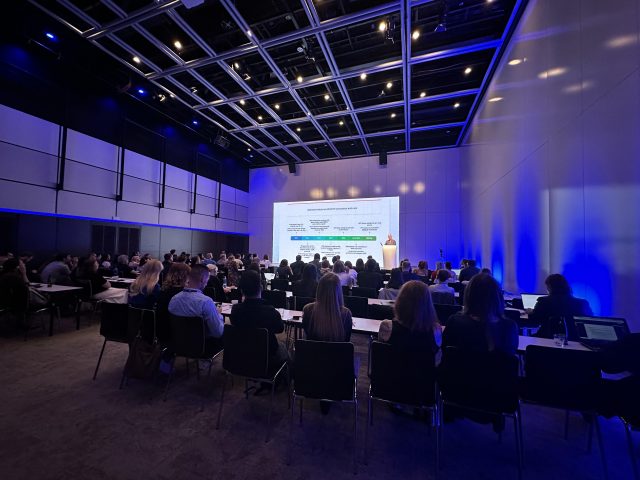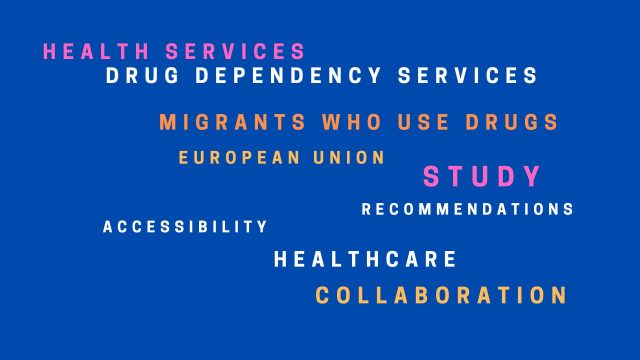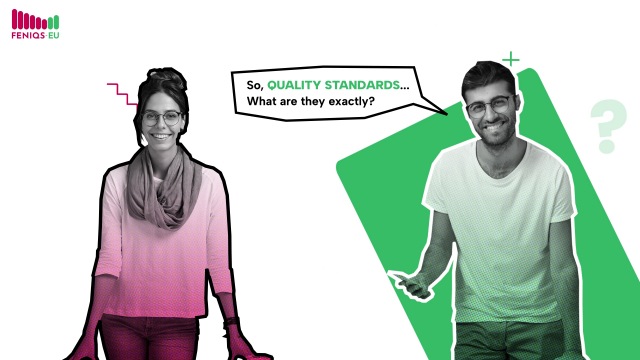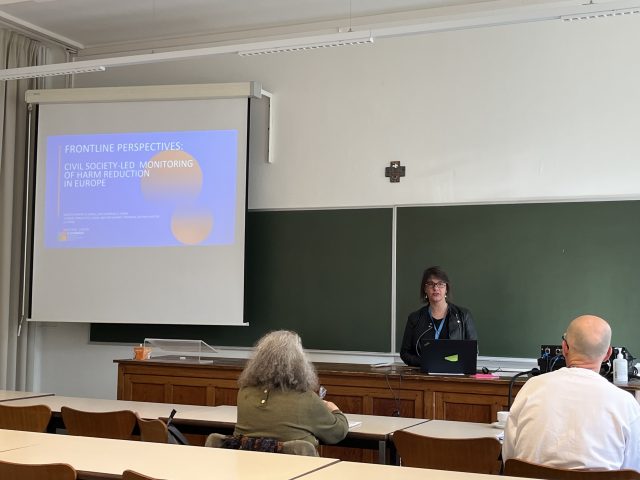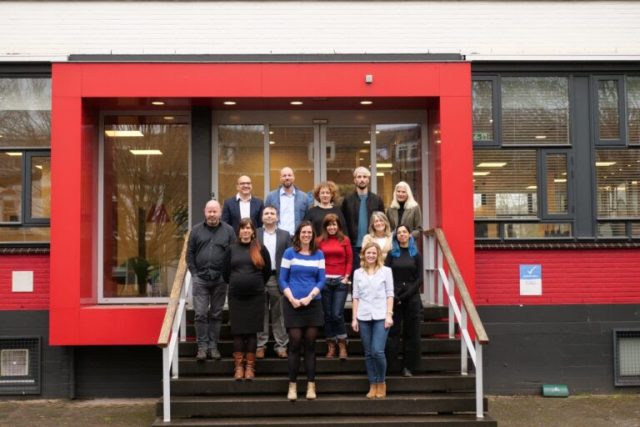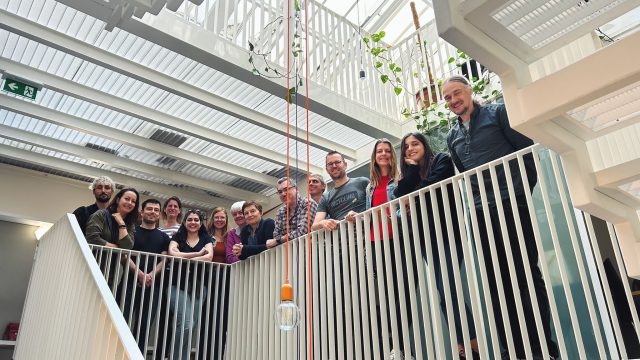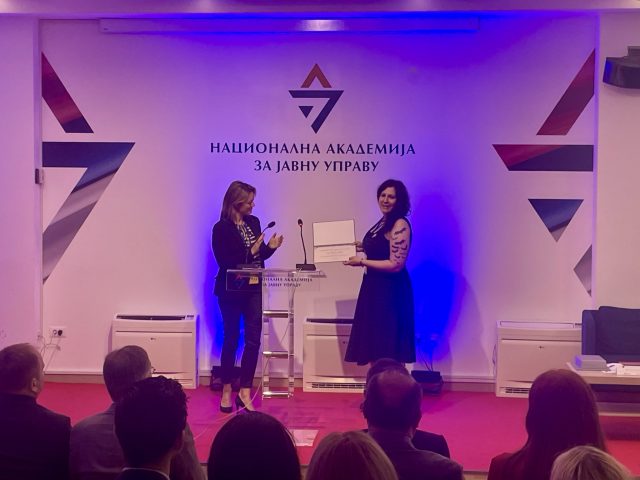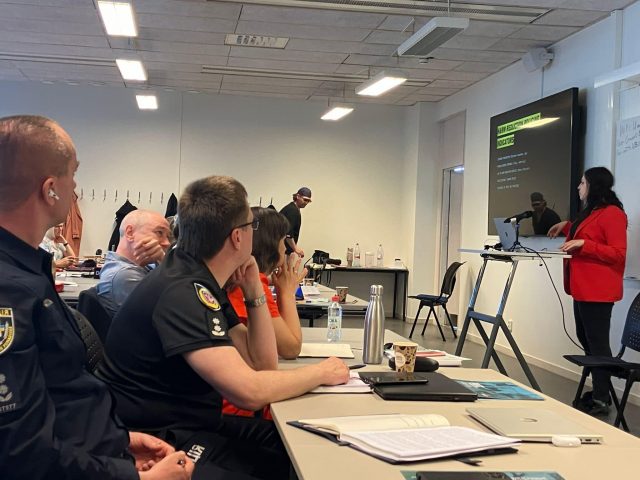The objective of the research project was to assess the current European situation regarding drug-related developments and emerging threats. It also aimed to identify recommendations and best practices that can enhance the preparedness of drug information systems, threat assessment and response interventions. Methodologies included desk research and literature reviews, questionnaires submitted to the EMCDDA (European Monitoring Centre for Drugs and Drug Addiction) Reitox National Focal Points, in-depth interviews with 30 key experts, and qualitative and thematic analysis.
Results from the literature review, desk research and questionnaires show an increase in drug use in Europe in the last two years, specifically in crack cocaine, methamphetamine, nitrous oxide, the emergence of off-label medicine use, especially (counterfeit) benzodiazepines and of polysubstance use, or the use of several drugs simultaneously.
Furthermore, developments in the drug market have been noted, such as larger availability and purity of cocaine together with its decrease in price, changes in cannabis prices and usage of synthetic cannabinoids, and adulteration of “traditional” drugs with different new psychoactive substances. The drug trade through online markets and social media is also on the rise. Other phenomena, such as a renewed use of crack cocaine, use of GHB/GBL, synthetic opioids and changes in administration routes (vaping, smoking, inhalation) have been observed especially within more marginalised communities. Another finding is that a larger number of harm reduction services are available in Europe, including DCRs, Naloxone provision and low-threshold integrated services.
From the in-depth interviews with key experts, it was concluded that staying prepared for new, unknown or unexpected drug-related threats is currently still a challenge at both the national and European levels. Other issues include the slowness of monitoring and surveillance tools combined with difficulties in delivering monitoring results to policymakers and successfully translating them into policy.
To counter these problems it would be good to innovate monitoring tools and complement them with foresight activities, including a larger number of individuals, field practitioners and stakeholders in trend detection, and investing in the coordination and formalisation of national threat assessment and information exchange systems. Lastly, it would be necessary to ensure that monitoring results are delivered to target audiences and decision-makers, that effective response protocols are formalised, and that responses are strategic, coherent and inclusive of a broader range of stakeholders on the regional and European level.
The full report on this research activity will soon be available on the DRUG-PREP project’s website.


